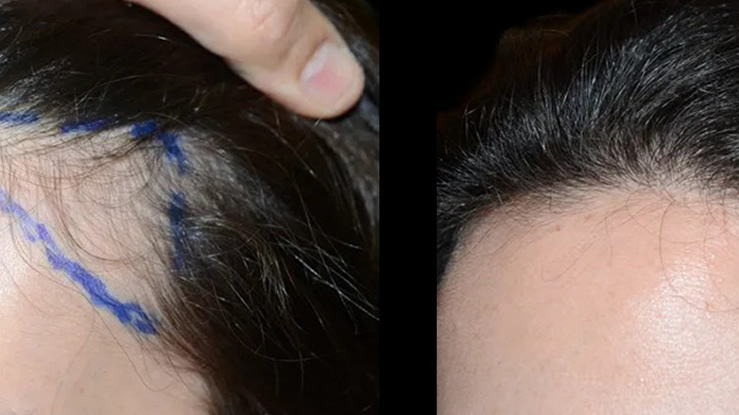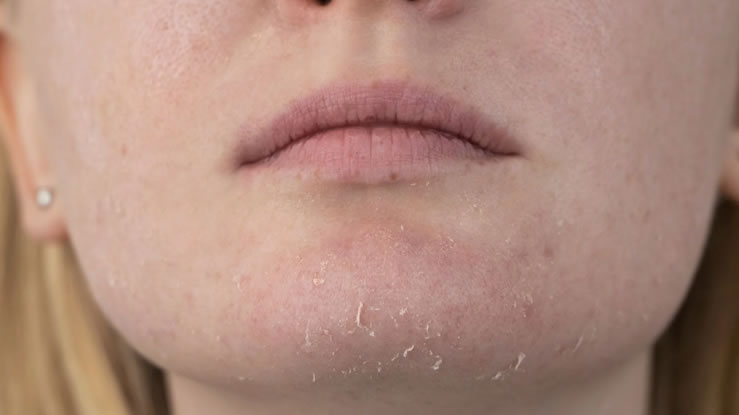C forehead reduction is a cosmetic surgical procedure designed to reduce the vertical height of the forehead by lowering the hairline. It’s often chosen by individuals who feel their forehead appears disproportionately large or who want to improve facial balance. While it is gaining popularity for its aesthetic benefits, many people are still unsure what it really involves, what to expect during the process, and how it compares to other similar treatments.
In this article, we’ll explore everything about C forehead reduction, including the procedure, benefits, risks, recovery, and who makes a good candidate for it.
Understanding C Forehead Reduction
C forehead reduction—also referred to as hairline lowering surgery or foreheadplasty, is a surgical treatment used to reduce the size of a large forehead. The “C” in C forehead reduction often refers to the shape of the incision or the natural contour created during the hairline design. This C-shape creates a more natural and rounded hairline, avoiding a boxy or artificial appearance.
The main goal of the procedure is to bring the hairline forward, reducing the space between the eyebrows and the beginning of the hairline. This leads to a more proportionate and often more feminine facial profile.
Read Also>>>How long does a Forehead reduction surgery last?
Why Do People Choose C Forehead Reduction?
People opt for this surgery for several personal and cosmetic reasons. Here are some of the most common:
-
They feel their forehead is too large or “high.”
-
They’ve always had a high hairline due to genetics.
-
They’ve experienced hair loss, especially at the temples.
-
They want to achieve a more youthful and symmetrical facial appearance.
-
They’re transitioning genders and desire a softer, more feminine hairline.
It’s also a popular choice for people who feel their facial proportions are off-balance, with a large forehead drawing unwanted attention.
How Is C Forehead Reduction Performed?
C forehead reduction is a relatively straightforward but delicate surgical procedure. It is usually performed by a plastic surgeon who specializes in facial procedures.
-
Initial Consultation
Before the surgery, patients meet with their surgeon to discuss their goals, medical history, and suitability for the procedure. A clear plan is developed, and the new hairline is designed to fit the patient’s natural contours and preferences. -
Surgical Process
The procedure typically takes between 1.5 to 3 hours and is done under local anesthesia with sedation or general anesthesia. Here’s how it’s performed:-
A curved incision is made along the natural hairline.
-
The scalp is loosened and gently brought forward.
-
The excess forehead skin is removed.
-
The scalp is secured in its new position and sutured in a way that minimizes visible scarring.
-
-
Recovery
Most patients can go home the same day. The recovery period usually lasts 1 to 2 weeks, with stitches removed around 5 to 7 days post-surgery.
What Results Can You Expect?
The most immediate and noticeable result is a lowered hairline and a shorter forehead. The face appears more balanced, and many people say they feel more confident after the surgery. Full results can be seen within a few months as swelling and scarring subside.
The best part is that when done correctly, the scar from the procedure blends in with the hairline and becomes almost invisible over time. Some surgeons even use hair follicle grafts along the scar line to further hide it.
Who Is a Good Candidate for C Forehead Reduction?
Not everyone is an ideal candidate for the procedure. Here’s what makes someone a good fit:
-
A high or disproportionately large forehead
-
Good scalp laxity (enough scalp mobility to allow for lowering)
-
No significant hair loss or thinning at the front hairline
-
Realistic expectations about results
-
Overall good physical and mental health
C forehead reduction is often considered by both men and women, but it’s particularly popular among women and transgender women seeking a more feminine facial aesthetic.
Potential Risks and Side Effects
As with any surgical procedure, C forehead reduction carries some risks. These may include:
-
Swelling and bruising around the forehead and eyes
-
Temporary numbness at the incision site
-
Infection (rare but possible)
-
Scarring (though usually minimal and hidden)
-
Hair loss around the incision
-
Asymmetry in hairline design if not done carefully
Choosing a skilled and experienced surgeon can greatly reduce the chances of complications and ensure natural-looking results.
Differences Between C Forehead Reduction and Hair Transplant
Many people confuse C forehead reduction with hair transplant surgery, but they serve different purposes and are done differently.
C forehead reduction moves the existing scalp forward to reduce forehead height.
Hair transplant surgery involves transplanting individual hair follicles, usually from the back of the head, to areas experiencing baldness or thinning.
In some cases, both procedures can be combined to enhance results—especially if someone has both a high hairline and temple thinning.
What is the Cost of C Forehead Reduction?
The cost of forehead reduction surgery can vary depending on the location, the surgeon’s experience, and whether additional procedures are needed. On average, the procedure can range from $6,000 to $10,000 or more.
Some clinics may offer financing options or payment plans to make it more accessible. Since it’s considered cosmetic, it’s not usually covered by insurance.
Recovery Tips After the Procedure
Healing after C forehead reduction is usually smooth, but following proper aftercare instructions is essential. Here are some common tips for recovery:
-
Keep the incision clean and follow your surgeon’s care routine.
-
Avoid strenuous activities for the first two weeks.
-
Use cold compresses to reduce swelling in the first few days.
-
Avoid direct sun exposure to the forehead for several weeks.
-
Attend all follow-up appointments.
Most people feel confident returning to work or social settings after 7 to 10 days.
How Long Do the Results Last?
The results of C forehead reduction are permanent, although aging and natural hair changes over time can slightly alter appearance. However, the new hairline remains in its lowered position indefinitely. Some people opt for minor touch-up procedures or combine the surgery with hair grafting later to refine the results.
Cultural and Social Perspectives
In some cultures, a high forehead is considered a sign of beauty or intelligence, while in others, it’s viewed as something to correct. C forehead reduction is a personal choice and is often about achieving facial harmony rather than conforming to beauty standards.
With the rise of social media and increased awareness of cosmetic options, more individuals feel empowered to take control of their appearance and make changes that help them feel more confident and aligned with how they see themselves.
C forehead reduction is a transformative surgical option for individuals who feel self-conscious about a high or disproportionately large forehead. It provides a permanent solution with a relatively quick recovery and long-lasting results. By repositioning the hairline in a natural way, it enhances facial symmetry and balance—often boosting self-esteem in the process.
If you’re considering C forehead reduction, it’s important to consult a board-certified plastic surgeon who specializes in facial aesthetics. Ask questions, understand the risks, and have a clear vision of your desired results. With the right care and planning, this procedure can provide a dramatic improvement in facial proportions and overall appearance.


















